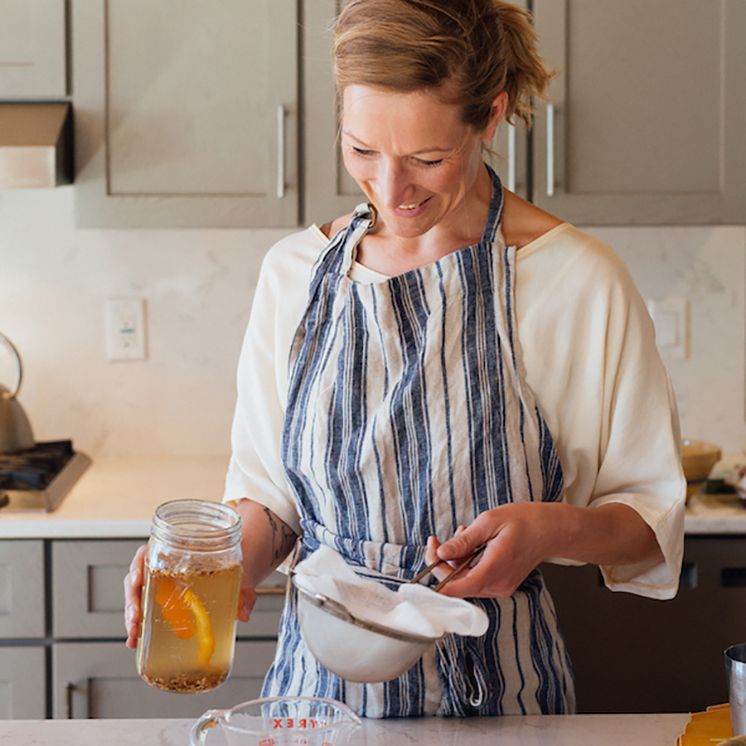We invite you to enjoy this conversation with Vesterheim Folk Art Education Program Coordinator Josh Torkelson and Nordic Cooking Instructor Dr. Emily Vikre.
An excerpt of this interview along with two of Emily’s recipes, Quick Lingonberry Liqueur and Girl From the North Country, are printed in the next issue of Vesterheim magazine, which includes a collection of articles and recipes focused on New Nordic Cuisine. The magazine will be out in June 2021 and is a benefit of Vesterheim membership. If you aren’t currently a member, start your annual membership to receive new issues twice each year! Join here.
Also enjoy interviews with Patrice Johnson and Kristi Bissell.

